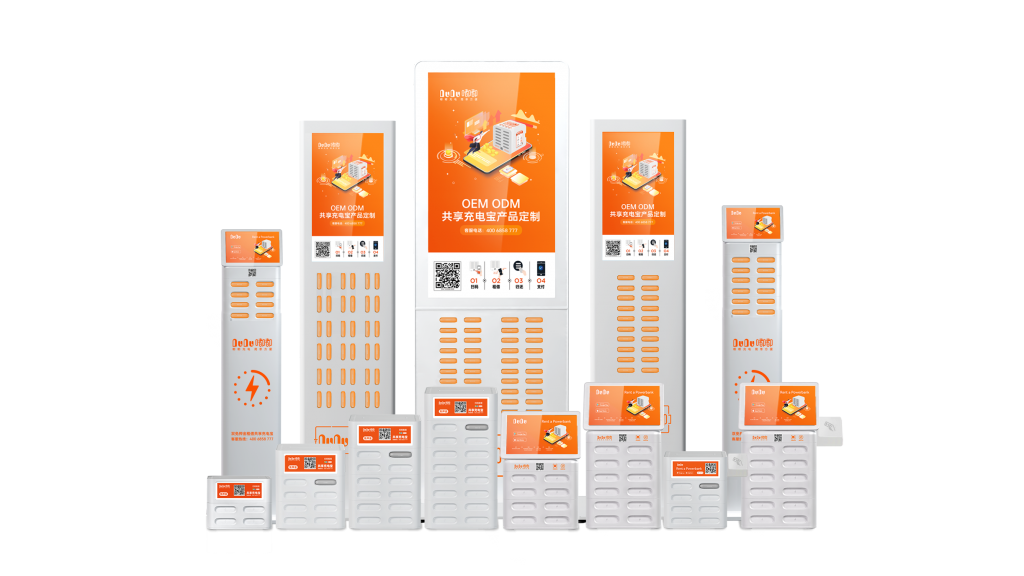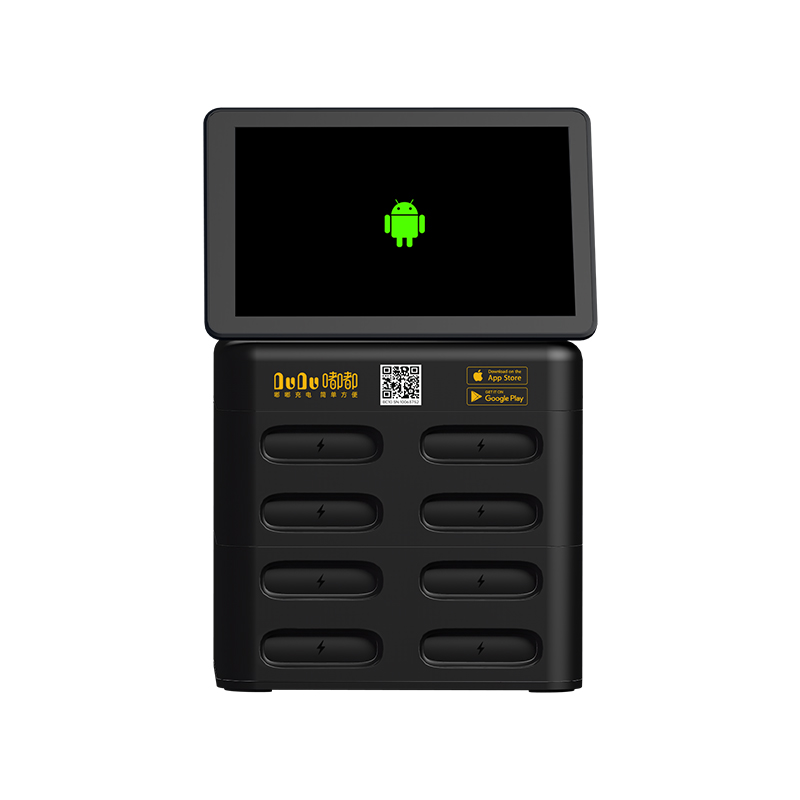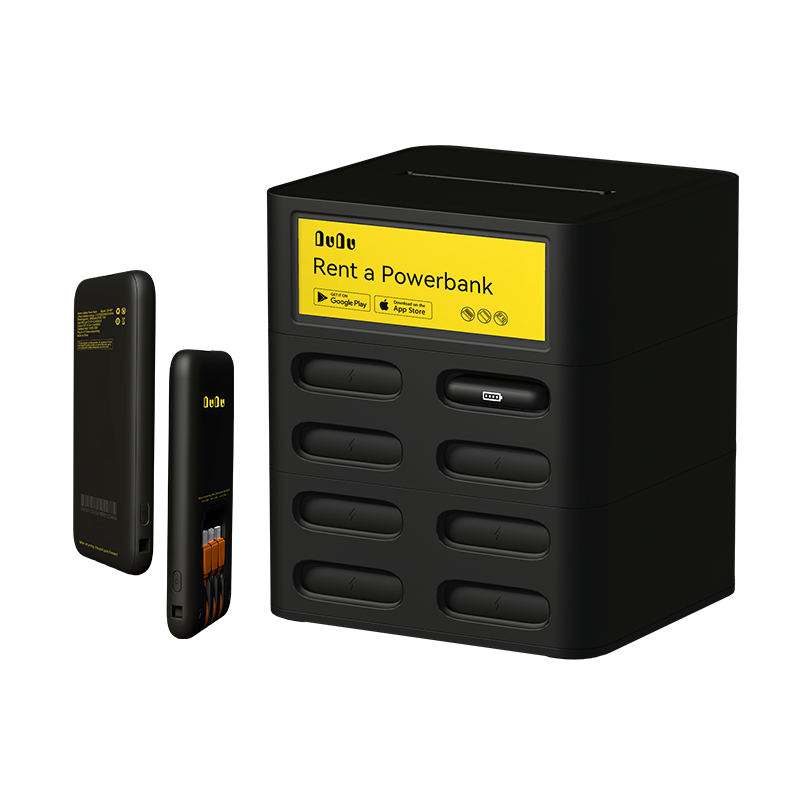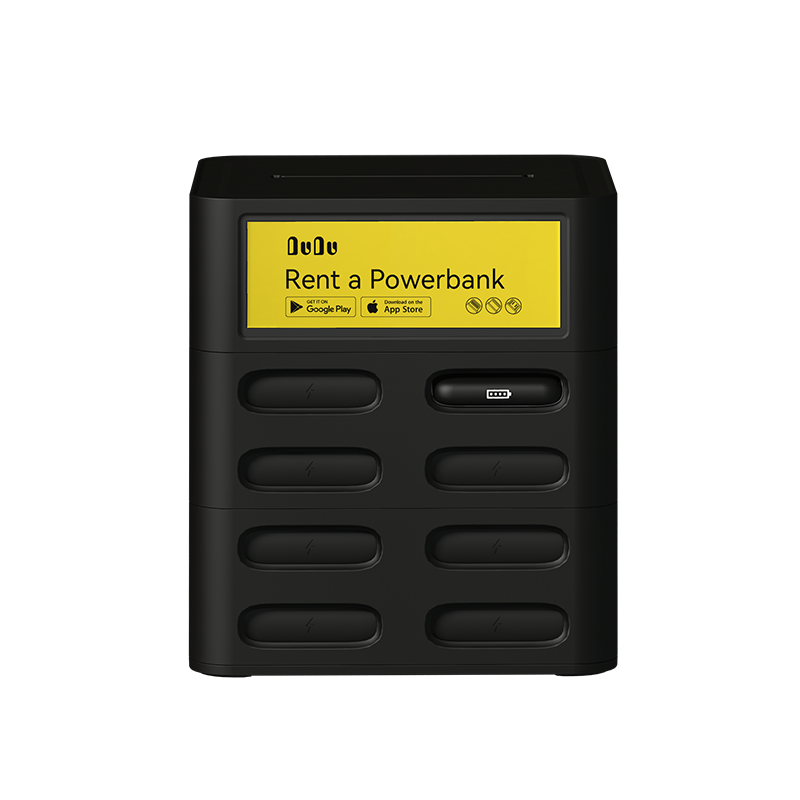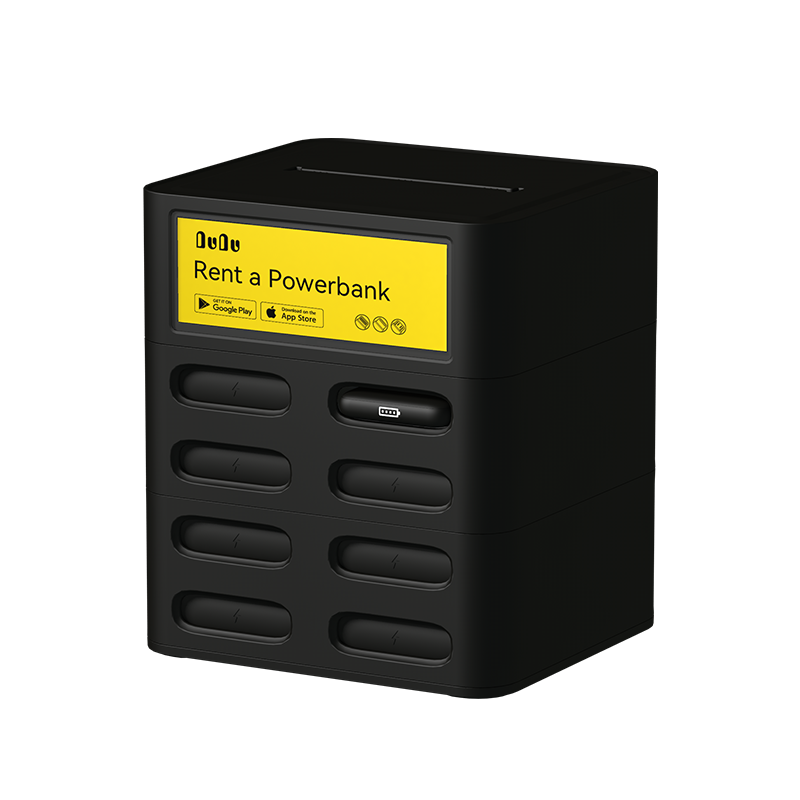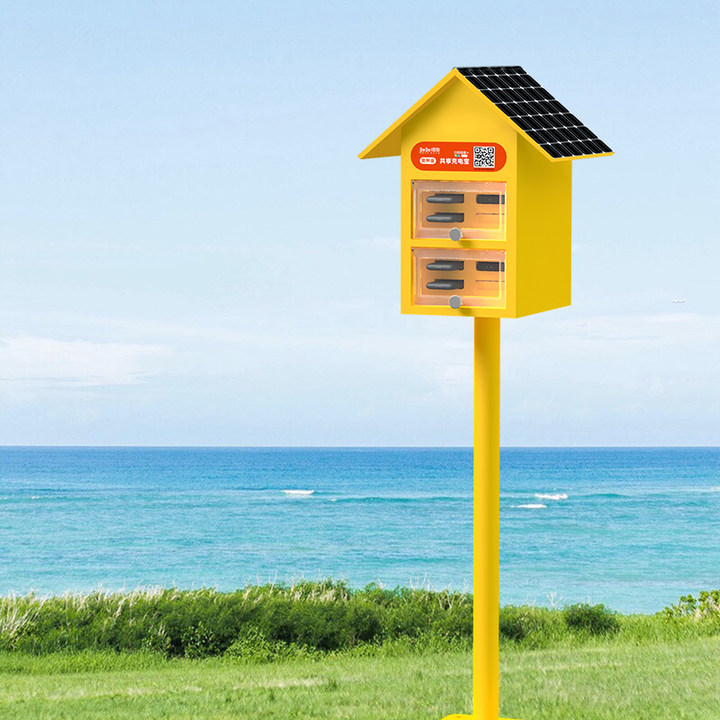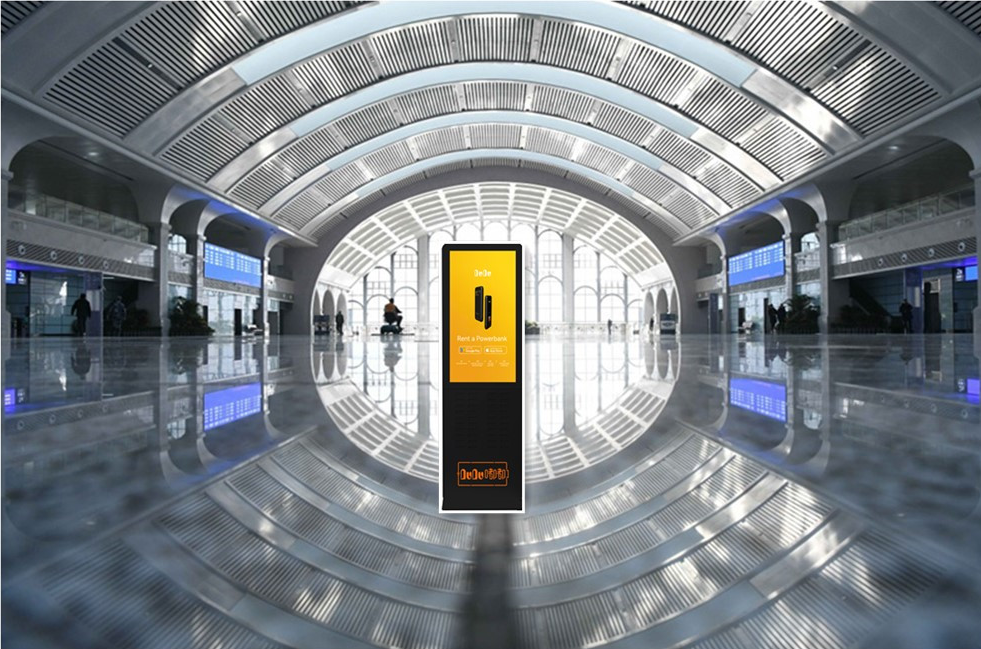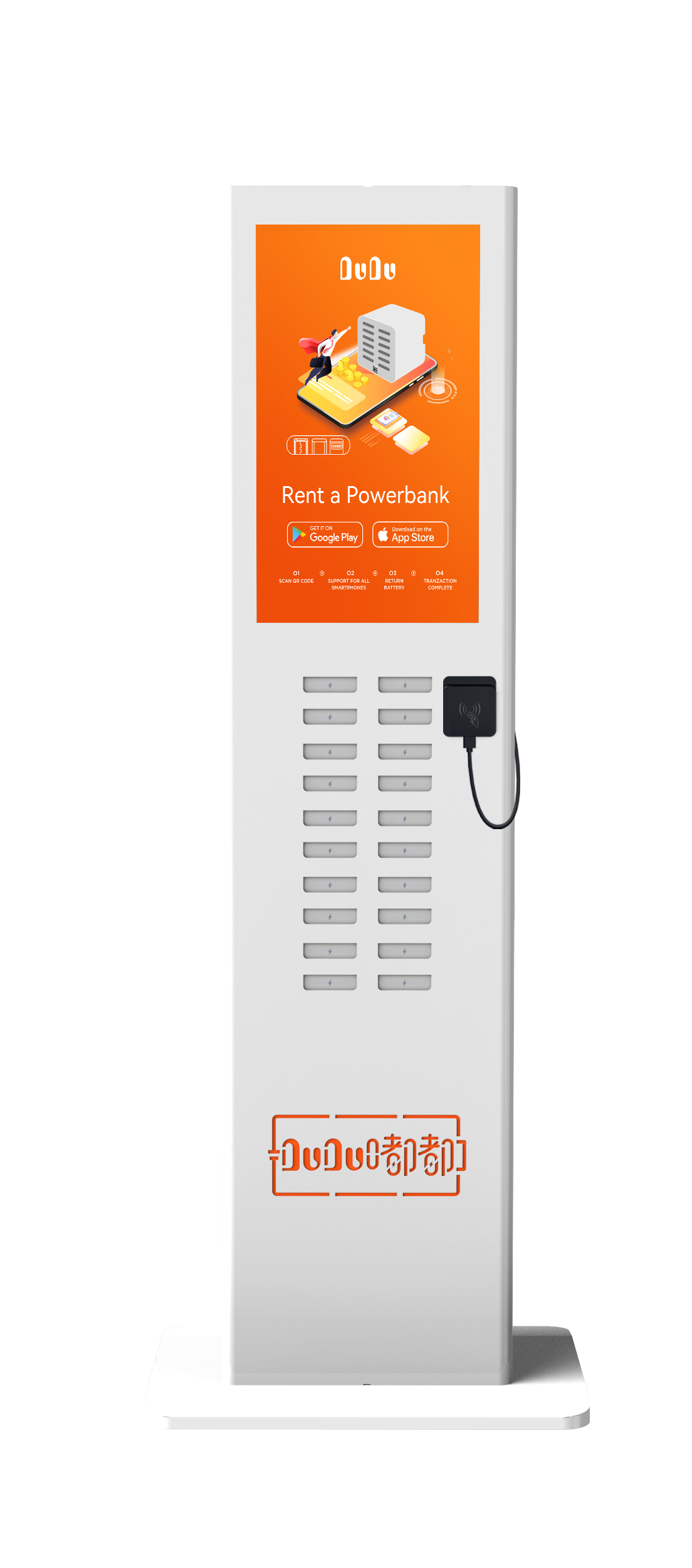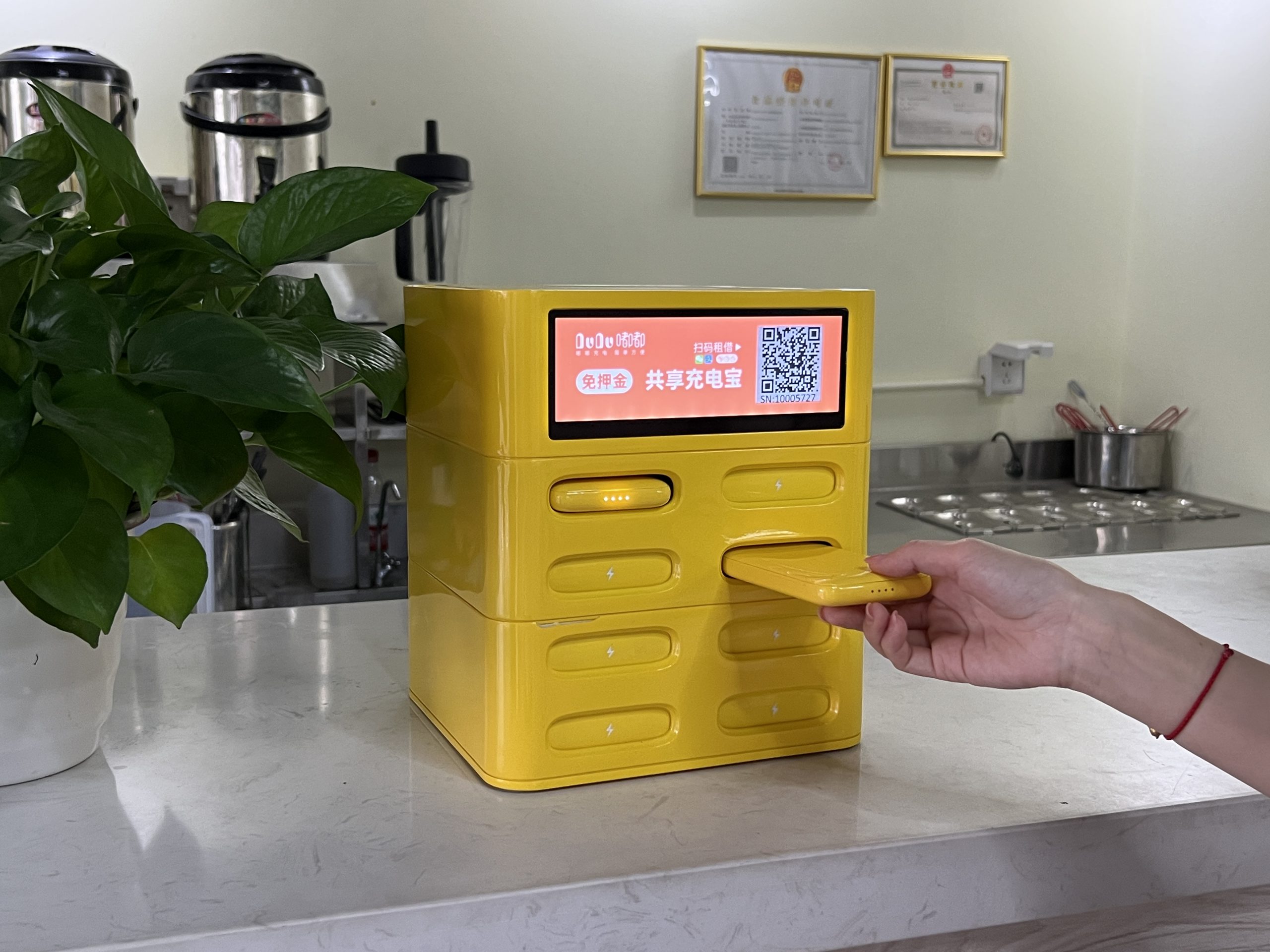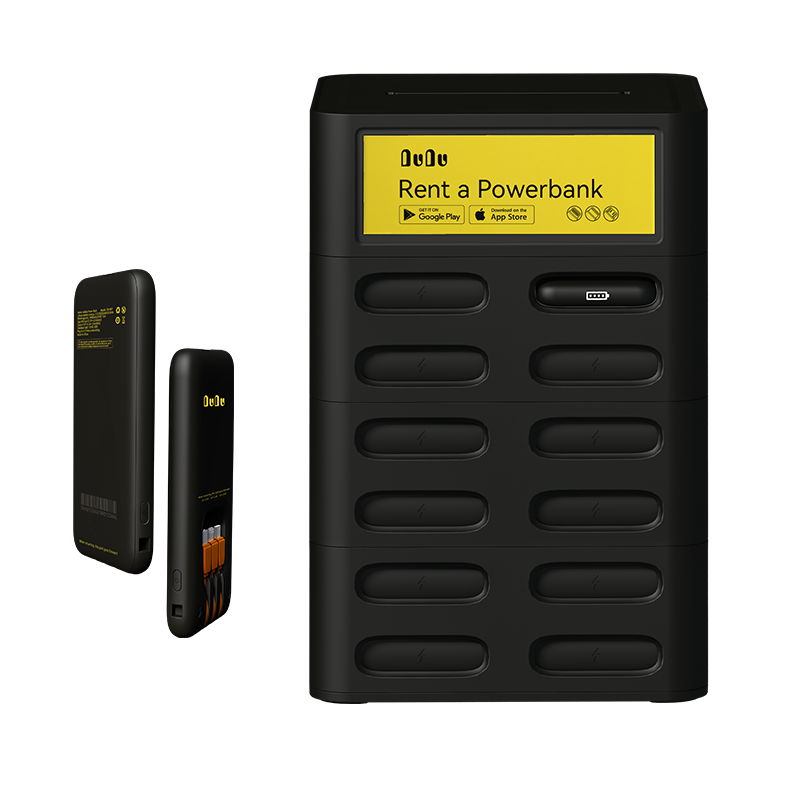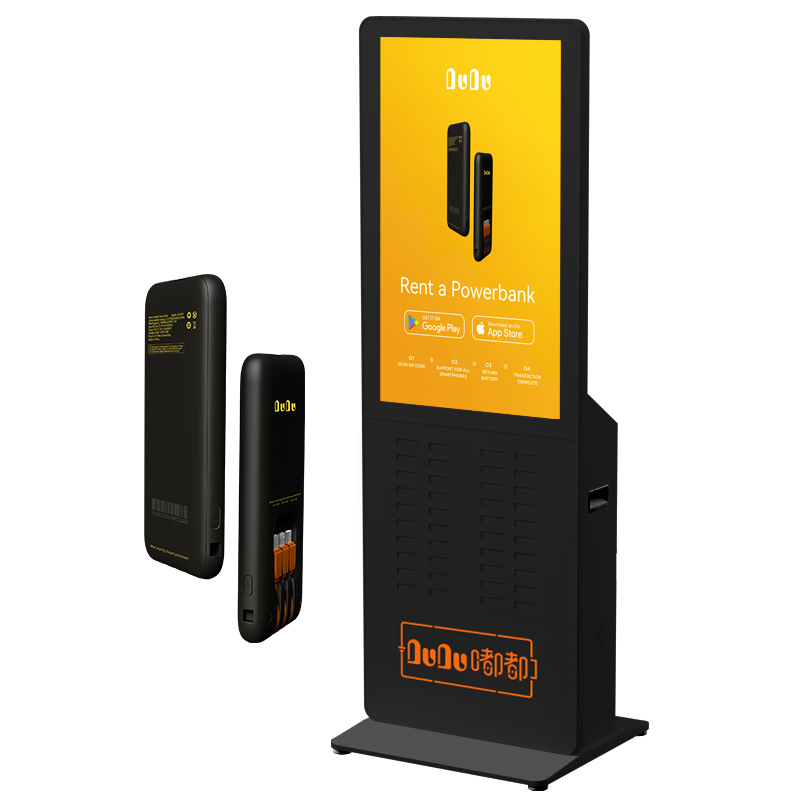Becoming a shared power bank operator requires a series of steps and considerations. The following are general guidelines:
Market research:
Firstly, it is necessary to understand the local market demand and competition situation. Analyze the target user group, their charging needs, habits, and expectations for the service.
Develop a business plan:
Based on market research results, develop a detailed business plan. Including operational models, service scope, location selection, funding requirements, profit models, and other aspects.
Looking for suppliers:
Contact the manufacturer or supplier of shared power banks to select suitable power bank devices. Consider factors such as the quality, functionality, price, and subsequent maintenance services of the power bank.
Choose a suitable location:
Based on market research, identify locations with high demand for power banks, such as commercial centers, shopping centers, tourist attractions, airports, etc., and then collaborate with relevant venues to arrange the placement of power bank equipment.
Technical support and operation:
Establish a comprehensive technical support and operation team to ensure the normal operation and timely maintenance of power bank equipment. This includes remote monitoring, equipment maintenance, fault handling, and other tasks.
Promotion and Marketing:
Conduct effective promotion and marketing activities to attract users to use shared power bank services. It is possible to increase awareness and user stickiness through online advertising, social media, collaborative promotion, and other means.
User experience and customer service:
Emphasize user experience, provide convenient charging services and good customer experience, establish user trust and loyalty. Simultaneously establish a customer service team to promptly respond to user inquiries and feedback.
Compliance and Safety:
Comply with local laws and regulations, ensure the safety and compliance of power bank devices, and safeguard the interests of users and cooperative venues.
